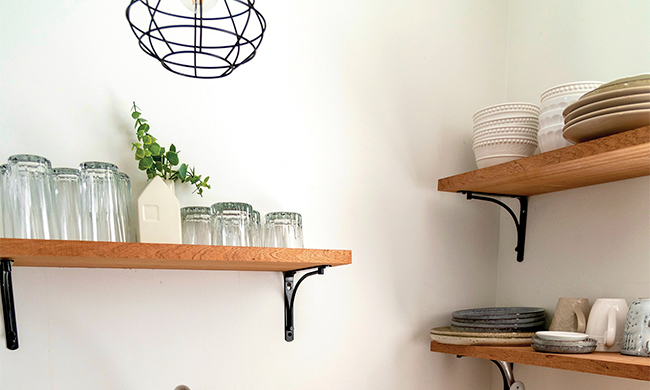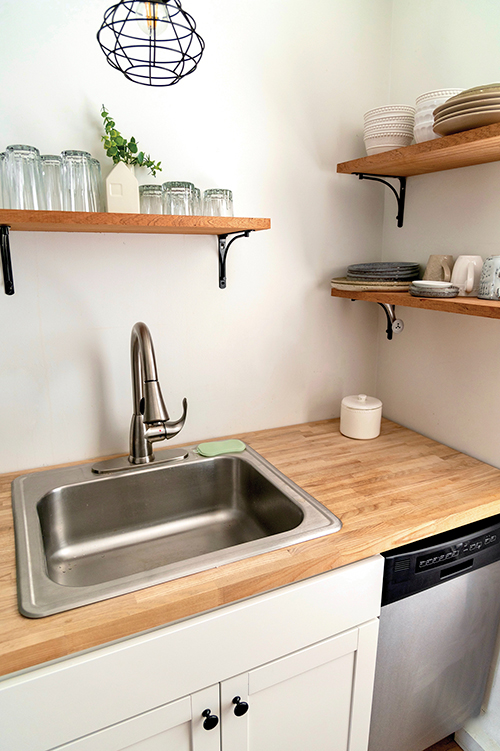 |
| Istockphoto.com |
The truth is, your hormones can wreak some havoc with your metabolism. This is true. But hormones only account for about 2 to 5 pounds. The rest is the result of overeating, poor lifestyle choices - such as not exercising enough - and stress. However, we've seen many women successfully maintain their weight and lose weight during and after this life transition, and now new research sheds a little more light on which strategies work.
In the University of Pittsburg study, researchers tracked more than 500 post-menopausal women for several years. After six months, they found that four specific behaviors led to weight loss: eating fewer desserts and fried foods, drinking fewer sugary beverages, eating more fish, and dining at restaurants less often. The great news about this research is that the same tried and true techniques we know to be effective earlier in life worked to support weight loss after menopause. In other words, you don't have to resort to a drastic diet or feel doomed to grow wider as you grow wiser.
 |
| Istockphoto.com |
Controlling stress is key. Unfortunately, the modern world triggers the stress response on a nearly endless basis. Money problems, relationship issues, family concerns. This constant stress response weakens the adrenal glands, which, in turn, undermines mental function, causes fatigue and triggers weight gain. It also triggers hormone imbalances that lead to symptoms of PMS and menopause discomfort. You may respond to stress by making poorer lifestyle choices, such as not eating healthfully and not exercising enough. Look at your nutrition - in terms of quality, quantity, and frequency of eating. You should eat often, 3 to 5 small meals per day. Quality is all about eating whole foods, fruits, and vegetables, whole grains, and lean protein.
But you may be saying "I'm 40-plus, eating right, and exercising but not losing weight. Why do I have midlife weight gain?" If you have tailored your portion sizes to appropriate ones, added proper supplementation to balance your hormones, and support your Adrenal glands, look at the frequency of your eating. Eat every three or four hours. But not too late at night. The later you eat, the lighter you eat is a good rule.
 |
| Istockphoto.com |
You know... that ever-increasing mid-section of yours that may resemble a flotation device. Excess body fat occurring in the midsection is associated with aging, after 40. You can thank Perimenopause for that. This excess body fat is normally only 2 to 5 pounds and is more likely due to a drop in activity rather than hormones.
Can I boost my metabolism?
Absolutely. You can boost your metabolism throughout life by maintaining the highest level of exercise you can, within the limits and constraints of your life. If you want to shed pounds, weight loss is no different during menopause than before it.
What workout or workouts are best for me?
Creative cardio. Burn 400 to 500 calories a day in cardio. On the elliptical, for instance, you can burn about 400 calories in about 35 minutes. And don't forget the weight training.
Here are a few simple strategies to focus on today, and tips for putting them into action.
- Rethink that drink
- Get your fill of fiber
- Please get plenty of rest
The information on this site is for information purposes only and is not intended as a substitute for advice from a physician or other health care professional or any information contained in product labeling. You should consult a healthcare professional before starting any diet, supplement or exercise program, before taking any medication, or if you have or suspect you might have a health problem.




 Make time for yourself to find balance. In today’s busy world, this advice can be much easier said than done, but that’s why Michaels recommends arming yourself with tools that can help. For example, the Love Me Right Self-Care Journal and Planner can help you set boundaries for yourself and others. You can use the calendar to set and take necessary breaks from time to time as a step toward self-care management.
Make time for yourself to find balance. In today’s busy world, this advice can be much easier said than done, but that’s why Michaels recommends arming yourself with tools that can help. For example, the Love Me Right Self-Care Journal and Planner can help you set boundaries for yourself and others. You can use the calendar to set and take necessary breaks from time to time as a step toward self-care management.